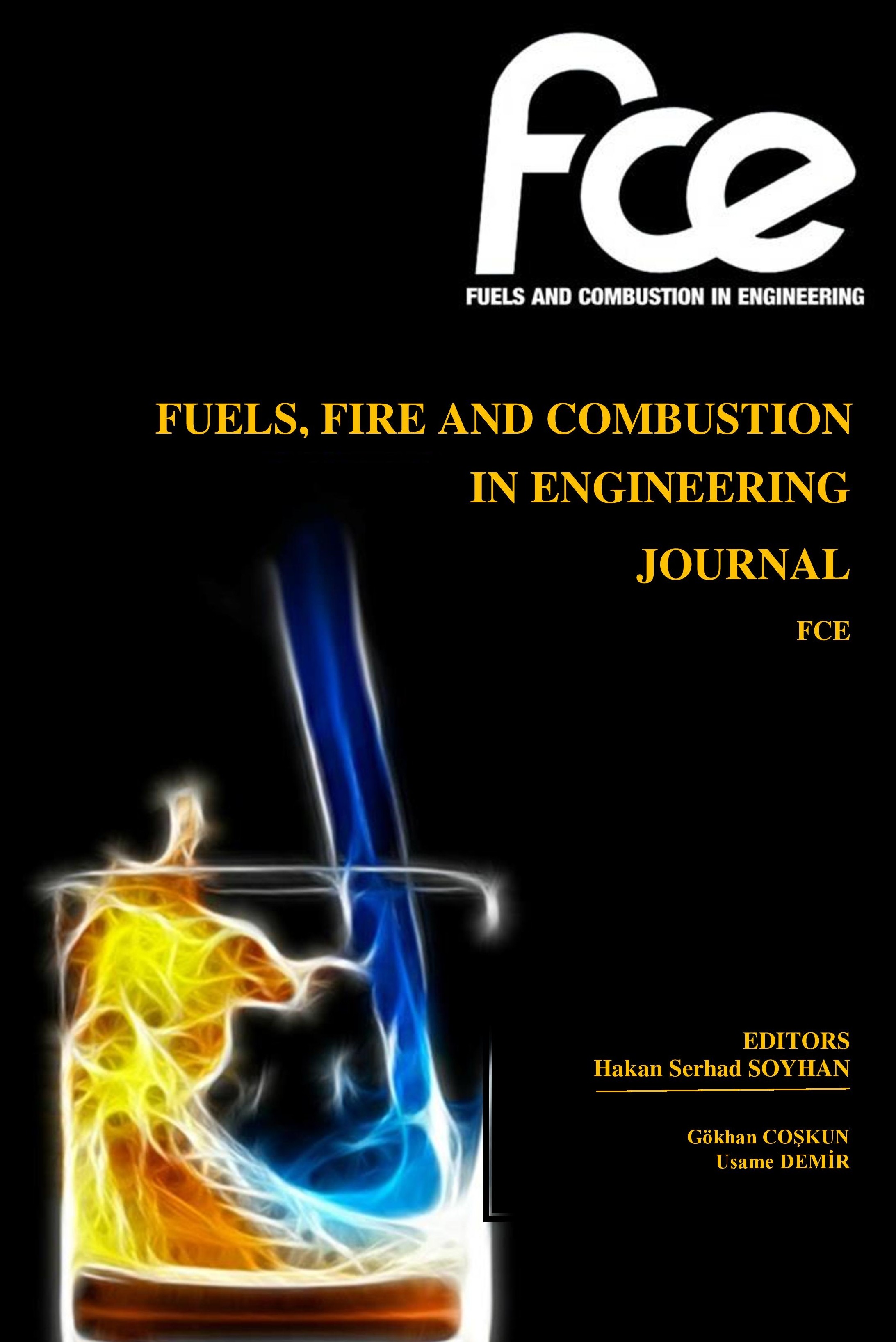NUMERICAL STUDY OF TURBULENT LEAN PREMIXED METHANE-AIR FLAMES
NUMERICAL STUDY OF TURBULENT LEAN PREMIXED METHANE-AIR FLAMES
Lean Premixed Combustion (LPC) is recently proposed in gas turbine combustors which have been operated traditionally in the non-premixed mode. In this method, fuel and air are mixed before entering the combustor. With LPC, the flame temperature is reduced due to the operating with excess air conditions. Thus, thermal NOx can be reduced to negligible levels at these lean conditions. On the other hand, the local and global flame extinction risks and therefore flame instabilities may arise because of operating at fuel-lean conditions near the lean flammability limit. In order to control such flames, both their chemical kinetics and flame propagation properties should be investigated in detail, mainly for various equivalence ratios. In this study, the numerical simulations based on experimental data obtained from the combustion chamber setup of the ICARE are performed. The experimental results concern turbulent premixed methane-air flames stabilized on a Bunsen type burner; they are obtained by LDA for the cold and hot flow velocity statistics and by laser induced Mie and Rayleigh scattering techniques for flame front statistics. The operating conditions in experiments are chosen to be close to the gas turbine combustor operating conditions. Numerical simulations are performed by using the Fluent® software. Both the analysis of the flow and turbulence properties of the chamber by using the k-ε turbulence model and its variants and the premixed flame properties of the methane/air mixtures are investigated. The influence of the equivalence ratio on the flame properties is examined as well. It is observed that increase in equivalence ratio results in decrease in the flame length and the flame brush thickness. Similar tendencies are observed in the experiments. Flame front properties are examined with the combustion model provided by the Fluent® software, namely Zimont premixed model, and y the well-known CFM turbulent premixed combustion model. Satisfactory results are obtained.
